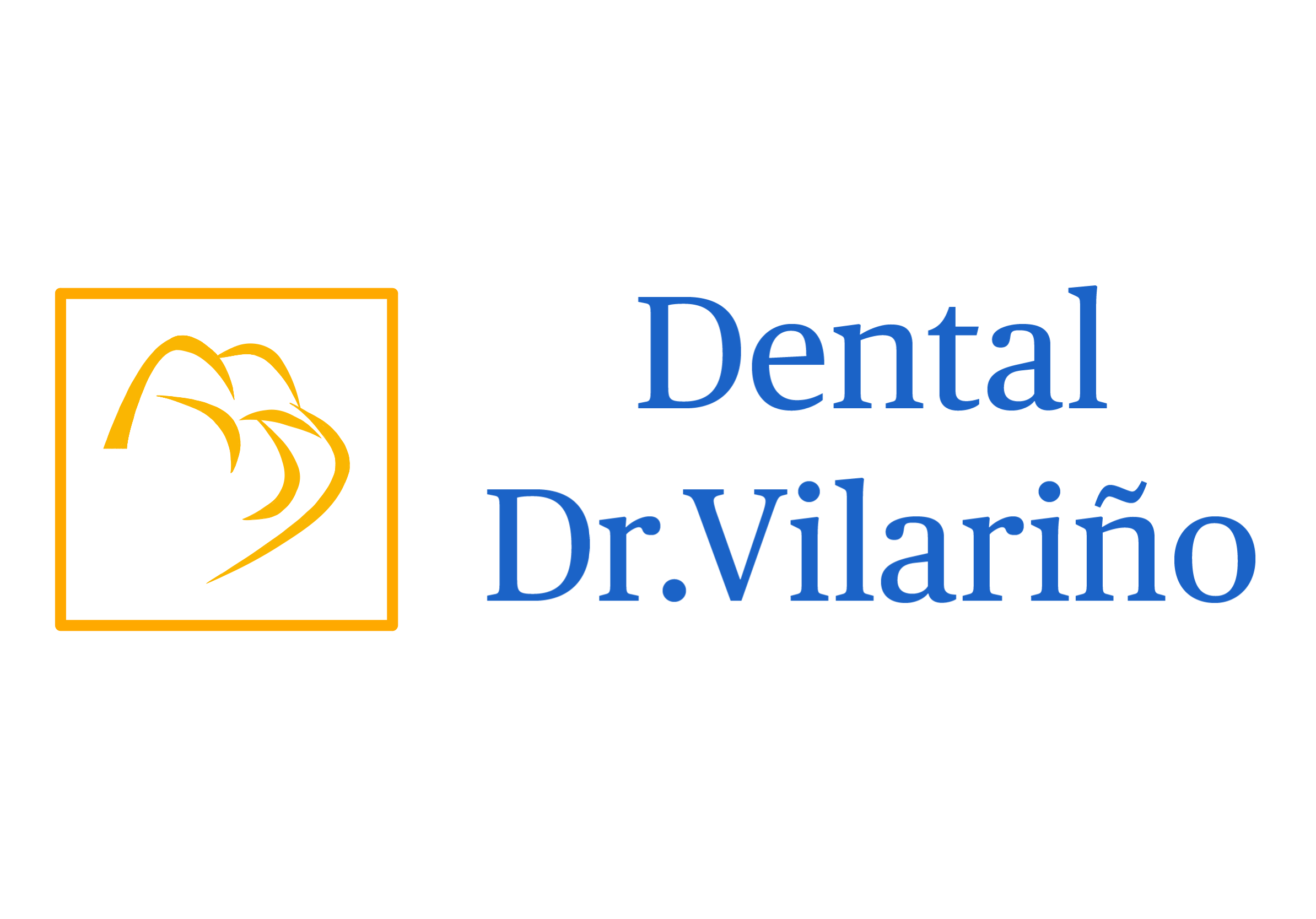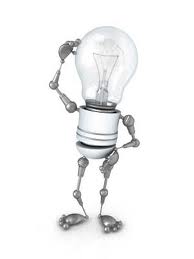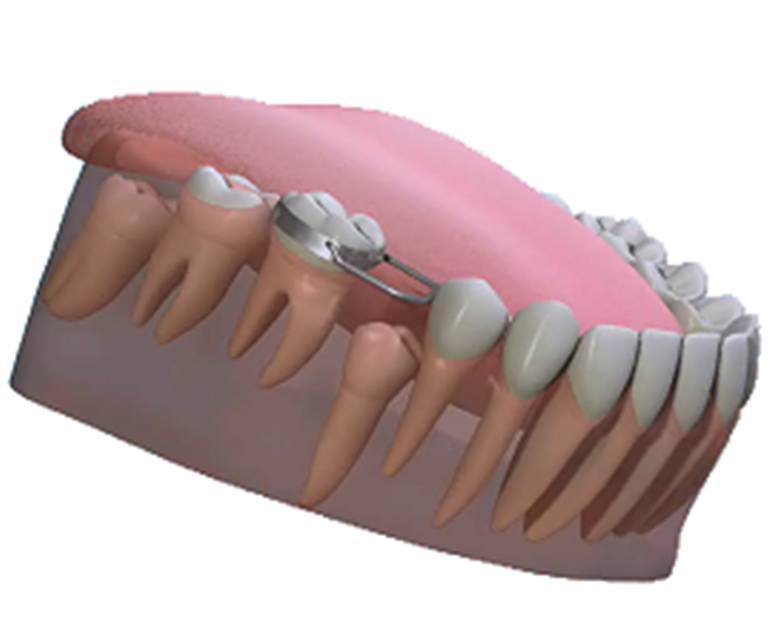Pediatric dentistry
Dental treatment in children should begin as soon as possible, a good oral condition will promote correct development.
We recommend early check-ups, because the evolution of cavities in children is very rapid, sometimes even the deterioration and subsequent pain in teeth that are difficult to recover due to the fact that they are teeth that are about to be lost and that they do not carry any pathology.
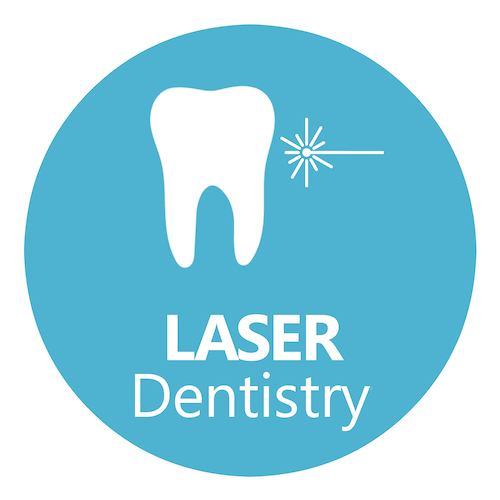
NO NEEDLES OR PAIN
FILLINGS WITHOUT ANESTHESIA
INTRAORAL SCANNING
LOW INTENSITY RADIOGRAPHS
When do baby teeth have to fall out?
Sequence of eruption of upper baby teeth
|
Erupción
|
|
| Incisivo central |
7 1/2 months
|
| Incisivo lateral |
9 months
|
| Canino |
18 months
|
| 1er molar |
14 months
|
| 2do molar |
24 months
|
Eruption sequence of lower baby teeth
|
Erupción
|
|
| Incisivo central |
6 months
|
| Incisivo lateral |
7 months
|
| Canino |
16 months
|
| 1er molar |
12 months
|
| 2do molar |
20 months
|
Sequence of eruption of upper permanent teeth
|
Erupción
|
|
| Incisivo central |
7-8 years
|
| Incisivo lateral |
8-9 years
|
| Canino |
11-12 years
|
| 1er premolar |
10-11 years
|
| 2do premolar |
10-12 years
|
| 1er molar |
6-7 years
|
| 2do molar |
12-13 years
|
| 3er molar |
17-21 years
|
Eruption sequence of lower permanent teeth
|
Erupción
|
|
| Incisivo central |
6-7 years
|
| Incisivo lateral |
7-8 years
|
| Canino |
9-10 years
|
| 1er premolar |
10-12 years
|
| 2do premolar |
11-12 years
|
| 1er molar |
6-7 years
|
| 2do molar |
11-13 years
|
| 3er molar |
17-21 years
|
OUR CRITERIA FOR WORKING WITH CHILDREN
The child’s first visit to the dentist is the most important and generally the one that the rest of their life will remember. The main objective is that you enjoy it and that you will gladly return next time.
There is a period of adaptation and collaboration for the pediatric patient; we must all collaborate so that the experience is fruitful and natural. Promoting collaborative habits is good for our children and their health.
In the first visits we never perform complex or annoying treatments for the child. Motivation, oral education, brushing techniques and care of your teeth are essential in these first moments of contact.
The collaboration of parents and family members is very important and essential for dental treatment in children. Never scare your child at the dentist when he or she misbehaves at home.
Treatment begins when you have the child’s trust and cooperation. This usually occurs at the second visit, but some children require more preliminary consultations.
When there is great destruction of the tooth, painful episodes occur that cause the visit to be carried out at a very advanced stage, having to be covered not only with fillings and devitalization treatments but with STEEL CROWNS, to make them more predictable over time. These restorations are easy to place, do not generate trauma, and are very tolerable and appreciated by children for the comfort they provide.
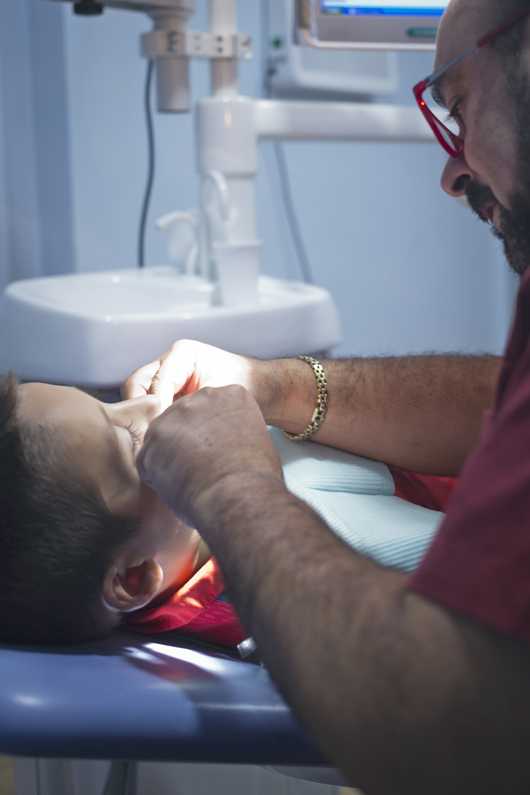
Space maintainers
During the tooth replacement phase, that is, during the period in which temporary or baby teeth are being replaced by permanent or definitive teeth, natural mobilizations of the teeth may occur, leaving little space for permanent or permanent teeth to emerge. definitive. This is because all teeth tend to move forward towards the incisor area naturally when they have space to do so (for example, the space left empty after the loss of a baby tooth is occupied by the tooth located posteriorly). , which comes forward to occupy said space).
When a baby or temporary tooth is lost and the permanent tooth that replaces it erupts quickly, there is no time for a loss of space to occur. This situation is normal and occurs when the temporary or baby teeth fall out at the appropriate age, so that the permanent or permanent tooth erupts shortly afterwards.
On the other hand, if a temporary tooth is lost prematurely, either naturally or for other reasons (for example, due to tooth extraction due to cavities), the permanent tooth will take a long time to erupt. It is precisely during this waiting period that space losses can occur, since the tooth that is located behind the space naturally moves forward to occupy said space. When this occurs, the permanent tooth will not have enough room to erupt, so it will not be able to emerge or will do so in an incorrect position.
To prevent the teeth from coming forward to occupy spaces that do not correspond to them, space maintainers (preventive appliances) can be installed, which preserve the space left by the lost baby tooth until the time for the eruption of the permanent tooth that will replace it. When the permanent tooth begins to erupt, the space maintainer is removed.
They are characterized by:
- Maintain space.
- Be inactive.
- Allow the growth and development of the jaws.
- Allow tooth eruption.
- Prevent extrusion of the antagonist.
- Promote chewing function.
For the child’s mouth to develop and grow properly, the temporary (baby) teeth must be healthy.
